Introduction to Red Marble
Red Marble, with its unique color and beauty, is recognized as a valuable natural resource in the construction industry. This stone, with its distinctive red color, is used as an elegant and beautiful option in both interior and exterior building design. Its high resistance to pressure and heat has made it a suitable choice for flooring, wall cladding, and external facades of buildings.
What sets this stone apart are its beautiful and unique patterns, allowing designers to use it creatively in their projects. The source of extraction for this stone is in the Bavanat region, located in the northeast of Fars Province.
Next, let’s delve into a more detailed analysis of Red Marble.
Applications of Red Marble
Red Marble, due to its unique beauty and remarkable physical characteristics, is used in various construction applications. This stone is employed in buildings, external facades, flooring, wall cladding, stairs, and other interior spaces. In the design of external building facades, it is utilized as a decorative element with its warm red color and attractive patterns, adding beauty and elegance to the structure. In interior spaces, it is used for flooring, wall cladding, and other elements of interior design. Due to its high resistance to pressure and heat, Red Marble is considered a reliable and beautiful choice in the construction industry.
Advantages of Red Marble
The advantages of Red Marble include:
Beautiful and Attractive Appearance: Its warm and attractive red color adds a special beauty and grandeur to any space, making it suitable for various interior and exterior design applications.
Resistance and Durability: Marble, with its mineral structure, exhibits high resistance to pressure, heat, and corrosion, making it durable and suitable for use in various environments.
Ease of Cutting: Red Marble is easily cut and sized, providing builders with the flexibility to use it easily in various projects.
Versatile Use: Due to its diverse designs and colors, this type of stone finds applications in architectural projects, flooring, wall cladding, and luxurious spaces.
Disadvantages of Red Marble
Sensitivity to Acids: Marble, in general, is sensitive to acids, which may lead to color changes or surface damage. Therefore, caution must be exercised when exposed to acidic chemicals.
High Price: Compared to some other building stones, marble is considered expensive, and its installation may require higher costs.
Scratch Sensitivity: The surface of marble is sensitive to scratches, requiring special care and attention to maintain its lifespan.
Price of Red Marble
The price of Red Marble depends on various factors, and the most important ones are:
Color and Pattern: The color and pattern of Red Marble impact its price. Special colors and unique patterns may result in higher costs.
Size and Dimensions: The size and dimensions of the marble directly affect its price. Larger and thicker stones may have higher prices.
Accessibility and Transportation: Access to the marble and transportation costs also influence the final price. Greater distances between the extraction site and the final destination may increase transportation costs.
Buying Red Marble
To place an order and purchase Red Marble, you can contact Isfahan Stone Pooya’s experienced consultants through the provided phone numbers on the website or the “Contact Us” page. The knowledgeable experts at Isfahan Stone Pooya will promptly attend to your inquiries and guide you in choosing the suitable marble for your needs.
You must be logged in to post a review.


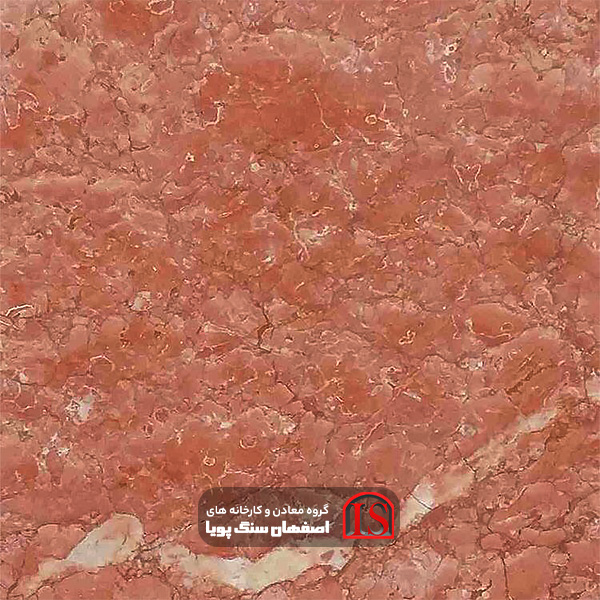

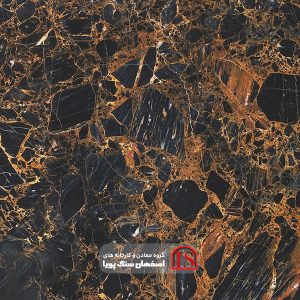

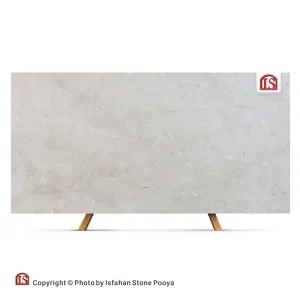





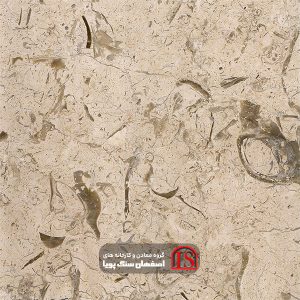

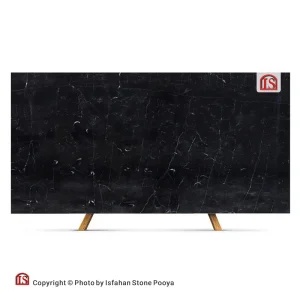

Reviews
There are no reviews yet.